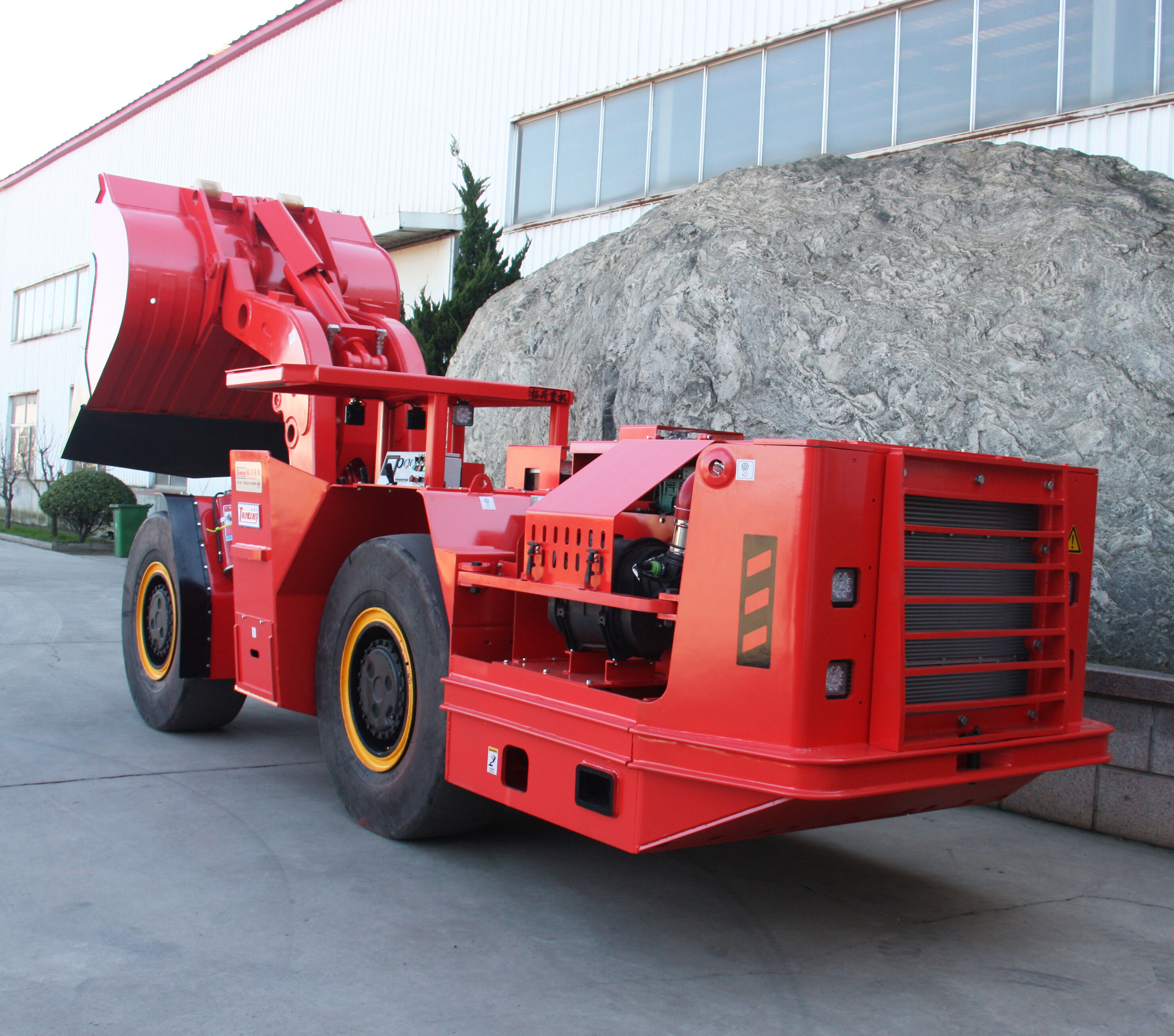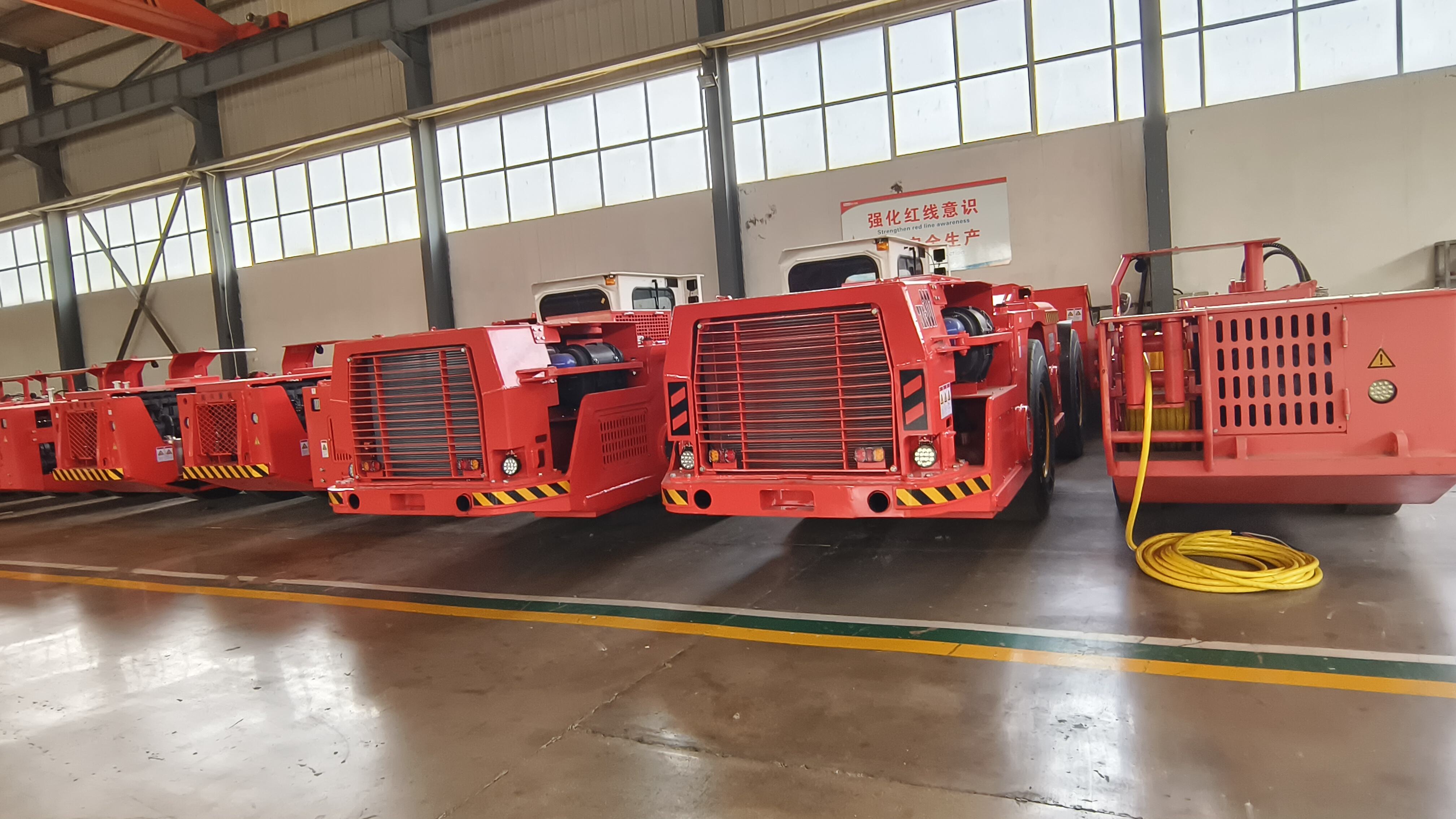The Evolution of Underground Mining Machines
Underground Mining Machines have undergone significant transformation over the years, moving from basic manual tools to sophisticated systems powered by automation, data analytics, and electrification. This evolution has redefined extraction efficiency, worker safety, and cost management in the mining industry. The adoption of advanced technologies has allowed companies to push deeper into the earth’s surface while maintaining stability, improving energy efficiency, and minimizing environmental impact.
The role of technology in Underground Mining Machines extends far beyond productivity gains. By enabling machines to operate in dangerous environments with reduced human exposure, technology safeguards workers while ensuring that mineral resources are extracted with minimal waste. These advancements have created a new era of mining operations where reliability, sustainability, and intelligence converge. But what makes these machines so effective in today’s mining landscape? The key lies in the diverse range of technologies that power them, each addressing unique challenges while complementing one another in seamless integration.
Modern mining operations rely heavily on technological ecosystems where Underground Mining Machines interact with digital monitoring systems, autonomous controls, and energy-efficient power sources. This combination not only accelerates extraction but also ensures the long-term sustainability of mining practices.
Automation and Remote Control in Underground Mining Machines
Remote Operation Capabilities
One of the most revolutionary shifts in Underground Mining Machines is the adoption of remote operation. Instead of being physically present in high-risk zones, operators can control equipment from secure locations. Remote-controlled drills, loaders, and haul trucks reduce exposure to hazards while maintaining precise performance. These systems are particularly valuable in mines with unstable geological formations or high levels of toxic gases, ensuring safe yet productive operations.
Autonomous and Semi-Autonomous Systems
Automation takes this a step further by allowing Underground Mining Machines to function with minimal human input. Semi-autonomous systems can assist operators by correcting errors or maintaining optimal performance, while fully autonomous systems handle repetitive and complex tasks independently. The consistency of automated machines reduces downtime, improves cycle times, and minimizes inefficiencies that typically arise from human fatigue or error.

Electrification and Power Efficiency
Battery-Powered Mining Machines
As sustainability becomes a priority, electrification of Underground Mining Machines has gained momentum. Battery-powered machines are replacing diesel engines, reducing greenhouse gas emissions and eliminating exhaust fumes within confined underground spaces. They also lower ventilation costs, which often account for a significant portion of underground mine expenses.
Hybrid Energy Systems
Some Underground Mining Machines now utilize hybrid systems that combine battery storage with diesel or alternative fuels. This transition phase allows operators to gradually reduce emissions while maintaining the reliability needed for deep mining projects. Hybrid energy solutions also provide flexibility, particularly in operations where charging infrastructure is still developing.
Data Analytics and Digital Monitoring
Real-Time Performance Tracking
Data analytics has become a critical part of optimizing Underground Mining Machines. Sensors embedded within equipment continuously collect information on performance, fuel consumption, wear and tear, and safety conditions. Real-time monitoring allows operators to make immediate adjustments, ensuring maximum productivity without overworking the machinery.
Predictive Maintenance Solutions
Predictive maintenance uses the data gathered to forecast when Underground Mining Machines will require servicing. By addressing issues before breakdowns occur, companies avoid costly delays and extend the lifespan of their equipment. This proactive approach minimizes downtime, ensures continuous operations, and enhances cost efficiency.
Advanced Drilling and Cutting Technologies
Precision Drilling Systems
Drilling technology is at the heart of many Underground Mining Machines. Precision drilling systems use computer-guided controls and laser-based alignment to achieve accurate results, minimizing unnecessary rock fragmentation and maximizing ore recovery. Enhanced drilling reduces waste and improves efficiency in ore extraction.
High-Performance Cutting Tools
In addition to drilling, cutting machines have also evolved. With diamond-coated cutting heads and automated rock-cutting systems, these Underground Mining Machines can process harder rock formations with greater speed and accuracy. The reduced wear on tools also lowers long-term operational costs.
Artificial Intelligence and Machine Learning
Smart Operational Decisions
Artificial intelligence enables Underground Mining Machines to make smart operational decisions. By analyzing data in real time, machines can adjust drilling angles, hauling speeds, or cutting depths to match specific geological conditions. These adjustments improve both efficiency and resource recovery.
Continuous Learning and Adaptability
Machine learning allows Underground Mining Machines to improve over time. As equipment processes more data, it becomes better at predicting operational challenges, optimizing its own functions, and reducing errors. This adaptability ensures that mining operations remain efficient even as conditions change.
Connectivity and Integrated Systems
Internet of Things in Mining
The Internet of Things (IoT) has enabled Underground Mining Machines to connect with other equipment and central control systems. By sharing data seamlessly, machines can synchronize their operations for smoother workflows. For instance, drills can coordinate with loaders to ensure that ore is removed as soon as it is dislodged.
Centralized Command Centers
Modern mining operations often utilize centralized command centers where operators oversee multiple Underground Mining Machines simultaneously. This integration not only improves communication between machines but also reduces the number of on-site personnel required, boosting both safety and efficiency.
Safety Enhancements Through Technology
Collision Avoidance Systems
Safety remains a priority, and many Underground Mining Machines now feature collision avoidance systems. These technologies use radar, cameras, and sensors to detect obstacles, preventing accidents in confined tunnels where visibility is often limited.
Environmental Monitoring Features
Some Underground Mining Machines are also equipped with air-quality sensors and gas detectors. By monitoring environmental conditions in real time, these machines can alert operators to dangerous levels of toxic gases or low oxygen, allowing for immediate response and evacuation if necessary.
Future Trends in Underground Mining Machines
Fully Autonomous Mining Operations
The future of Underground Mining Machines points toward fully autonomous mines where equipment operates independently, guided by AI and supported by IoT connectivity. This vision promises safer, faster, and more sustainable mining operations.
Green and Renewable Power Sources
Future Underground Mining Machines may rely more heavily on renewable energy sources such as hydrogen fuel cells and solar-powered charging systems. This shift will further reduce the environmental footprint of mining operations, aligning the industry with global sustainability goals.
FAQ
What are the main technologies driving Underground Mining Machines
Key technologies include automation, remote operation, electrification, data analytics, artificial intelligence, and IoT connectivity.
How does electrification improve Underground Mining Machines
Electrification reduces emissions, lowers ventilation costs, and improves energy efficiency, making underground mining safer and more sustainable.
What role does AI play in Underground Mining Machines
AI allows machines to make real-time adjustments, predict challenges, and optimize performance, which improves extraction efficiency and reliability.
Are Underground Mining Machines environmentally friendly
Yes, modern designs emphasize reduced emissions, energy efficiency, and minimal environmental disruption, especially with the shift toward battery-powered and hybrid systems.
Table of Contents
- The Evolution of Underground Mining Machines
- Automation and Remote Control in Underground Mining Machines
- Electrification and Power Efficiency
- Data Analytics and Digital Monitoring
- Advanced Drilling and Cutting Technologies
- Artificial Intelligence and Machine Learning
- Connectivity and Integrated Systems
- Safety Enhancements Through Technology
- Future Trends in Underground Mining Machines
- FAQ

